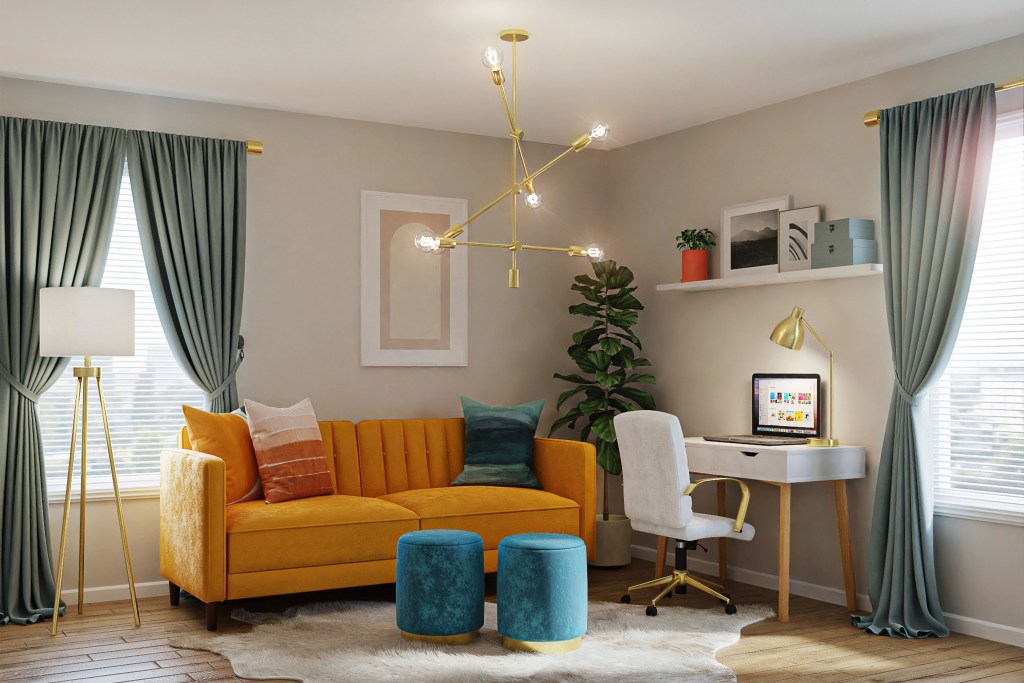Figuring out how to design a living room or how to arrange furniture in your oft-used space can be a daunting task — especially if you don’t have a lot of experience with interior design. However, setting up your living space on your own is totally doable, especially with these tips from some of the top interior designers in the country. This is what you need to know about the layout of your living room.
Start with a clean slate

When considering how to arrange living room furniture, the best way is to remove everything from the room and start fresh, which is what Michelle Harrison-McAllister, one of San Diego’s premier interior designers and owner of Michelle Harrison Design, told us.
Build your room around your lifestyle
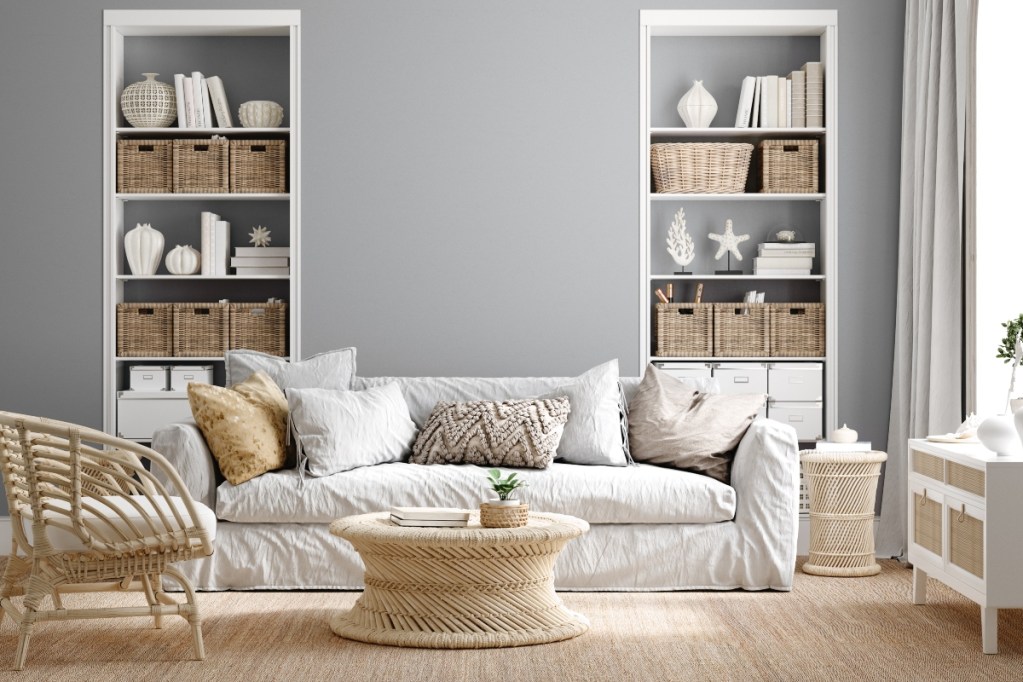
The only hard-and-fast rule is that your living space needs to work for your lifestyle, pointed out Rydhima Brar of Los Angeles-based interior design firm R/terior Studio. “Consider how you utilize your space and what your lifestyle is like,” she encouraged.
Then, go from there. For example, how would you like to use the space and what activities occur in that room? For example, if you have children and don’t do a lot of entertaining, you probably want to take that into consideration and avoid designing a more formal space.
Find your focal point
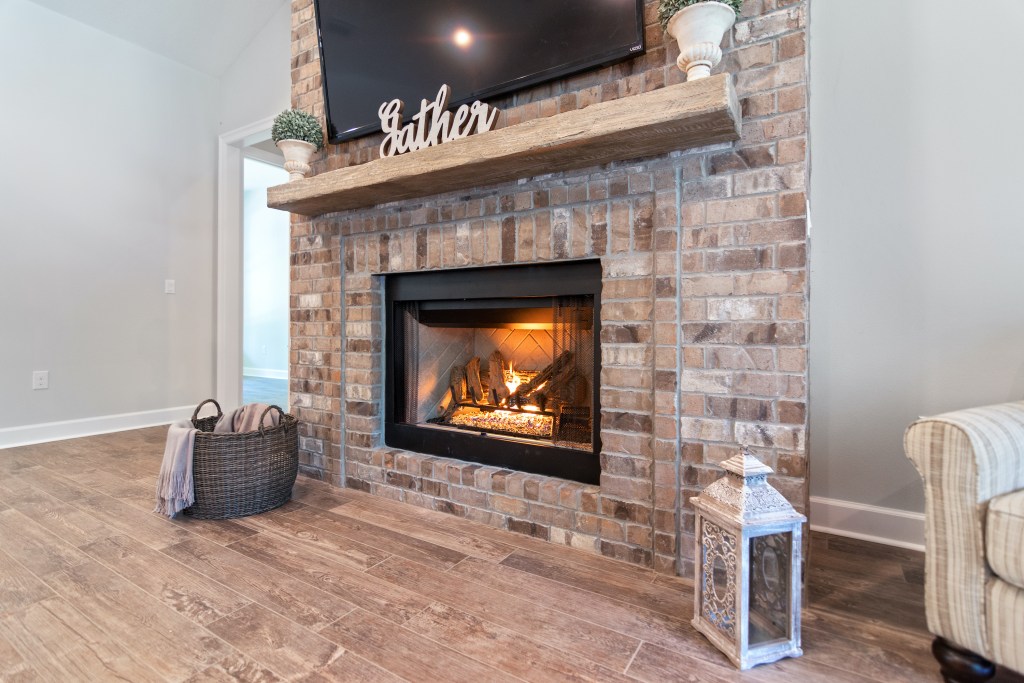
“It is important to decide this in advance, then plan the room around that so everything feels cohesive, but the attention goes where you want it,” said Gavin Brodin of Brodin Design Build.
Consider scale
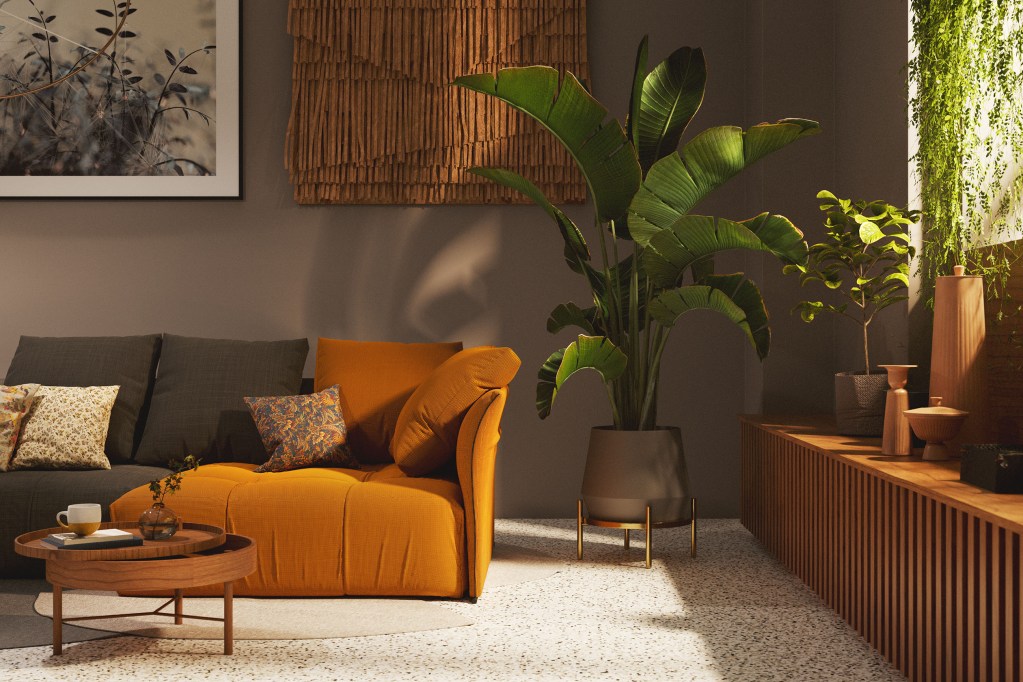
Before making any purchases, you need to make sure that everything will fit and that the scale makes sense. “Outline the dimensions of any pieces you are considering purchasing for the space to ensure everything feels proportionate,” suggested Los Angeles-based interior designers Andrea DeRosa and Ashley Manhan of Avenue Interior Design.
The designers’ advice: “If you are considering an oversized lounge chair, make sure you have the space for it — and that it doesn’t make your sofa feel like a tiny loveseat.”
Sketch out your room

Interior designers usually put together mockups of rooms before they get started. There are programs online that can help you out with this. However, an easy alternative is doing some quick sketches of layout options, suggested Brodin. “Doing this allows you to visualize the finished product before you get to work and identify if anything is missing or distracting,” he said.
Build your room around the focal point of your choice
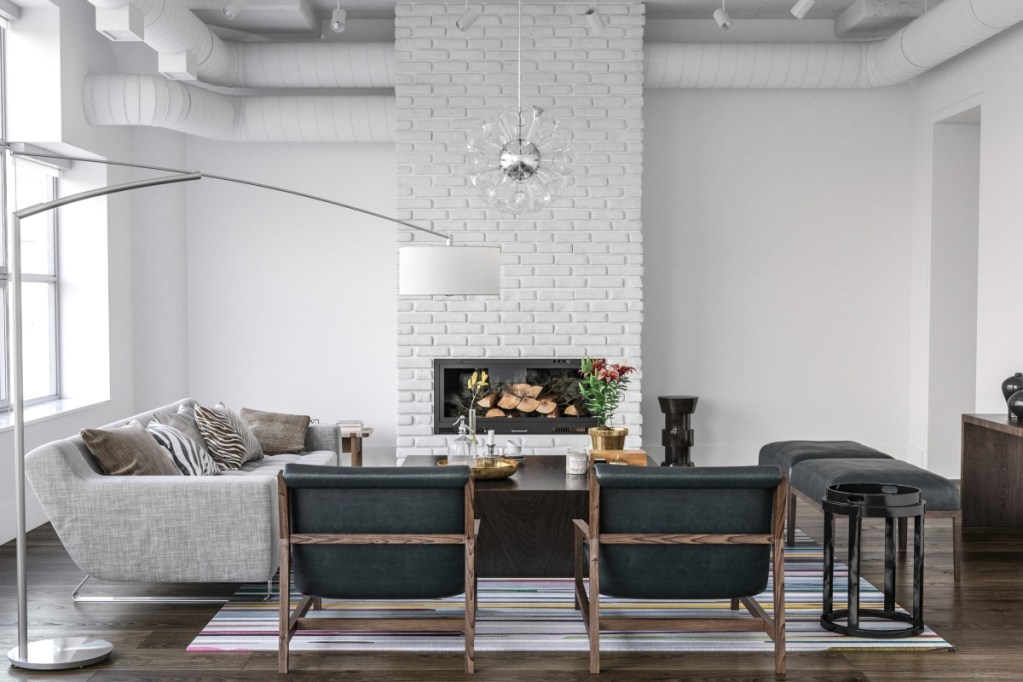
Harrison-McAllister suggested first starting with an area rug and building outward. “If you don’t have an area rug, then focus on the focal point of the room, which is usually where the fireplace or the TV is. From there, the furniture layout should balance out the focal point,” she said.
If the fireplace is your focal point, then the sofa sits across to balance the room. From there, add chairs and side tables around the conversation area. If the TV and the fireplace compete with each other in the room, then focus on the TV and add a seating area for two in front of or flanked on each side of the fireplace to provide a relaxing space to unwind with a good book and a glass of wine.
Design around doors and windows
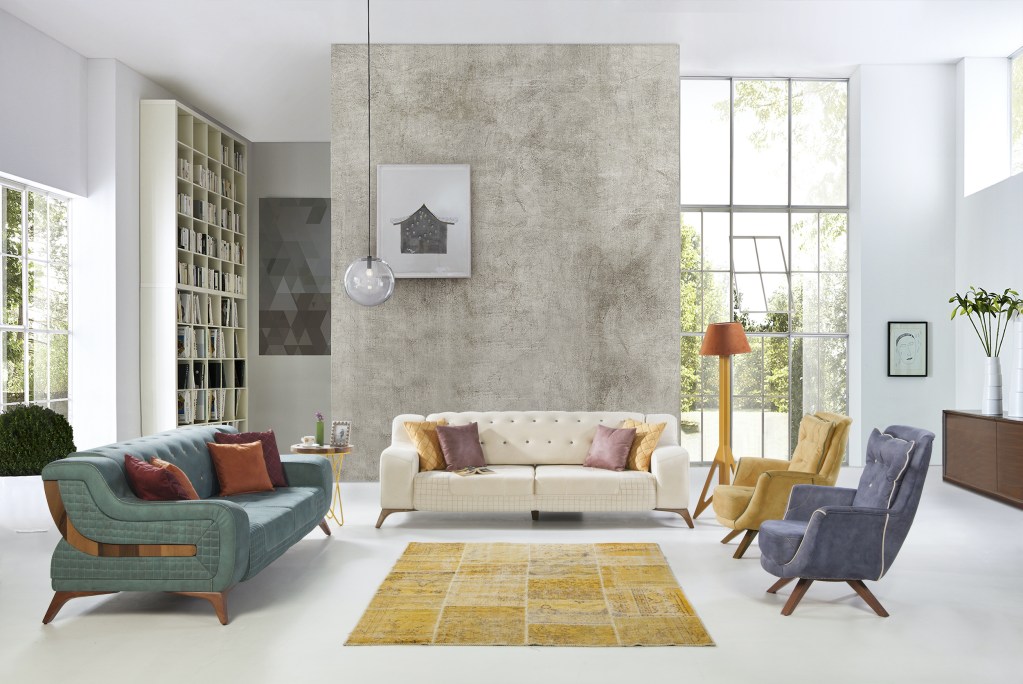
“Pay attention to doors and windows as you decide furniture layout,” added Brodin. “This can be a common mistake, and you can find yourself with great furniture that then doesn’t fit or has to be awkwardly placed to accommodate.”
Space out your space accordingly

Proximity and distance are important, per DeRosa and Manhan. “If you are attempting to create an environment that fosters communication, make sure you have lounge seating facing other seating,” they explained. For instance, a sofa placed across from another sofa with a coffee table in between.
Use the main wall as a starting point
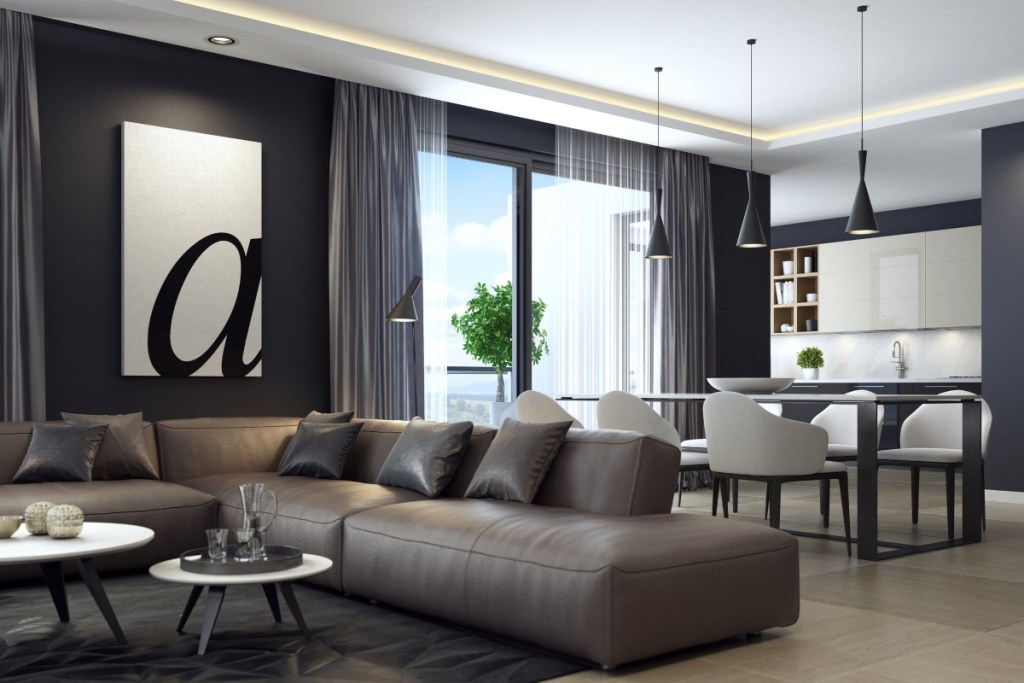
“Centering furniture on the main wall is a great start,” suggested Brodin. “This will help you judge where other furniture and design elements should be placed.”
Go big … with a rug

Make sure to find a rug that is big enough for your space and all of your furniture. “You want to be able to fill the rug area with your furniture so you are not restricted,” advised Brodin.
Focus on your needs
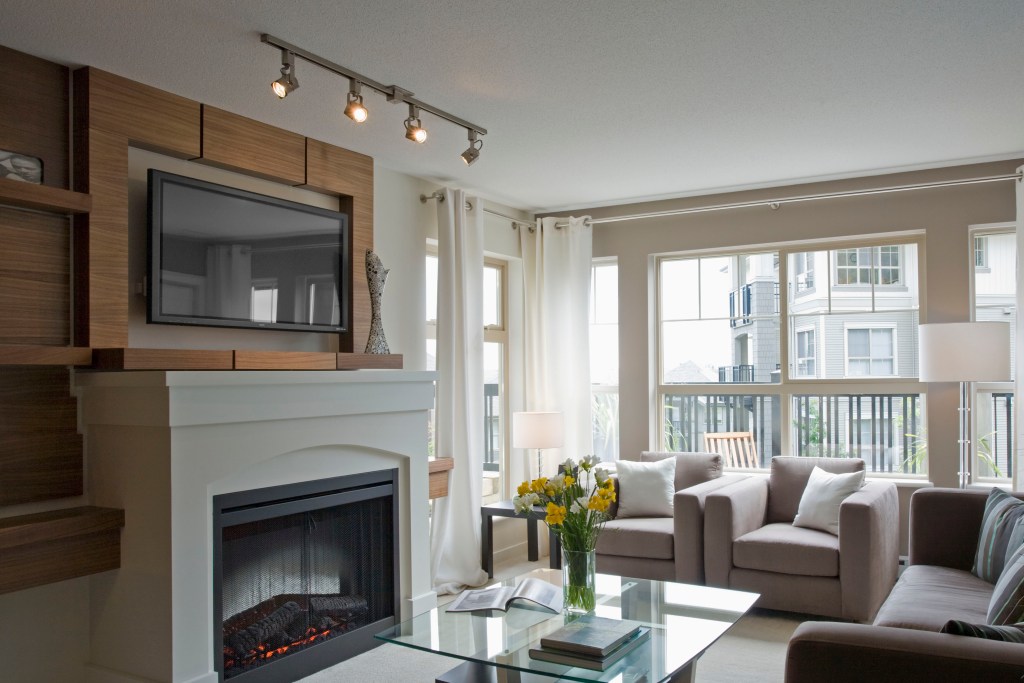
Instead of getting carried away with what you want, focus on your needs first. “Be practical in what you really need, then work from there!” said Brodin. “This will help to keep you within budget but ensure nothing critical gets skipped.”
Get inspired

Before you start arranging your furniture, Brodin suggests doing a little research. “It is not a bad idea to look at magazines and Pinterest for ideas and arrangements,” he pointed out. “This saves time and helps you hone in on what styles you do and don’t like quickly.”
Divide up your space
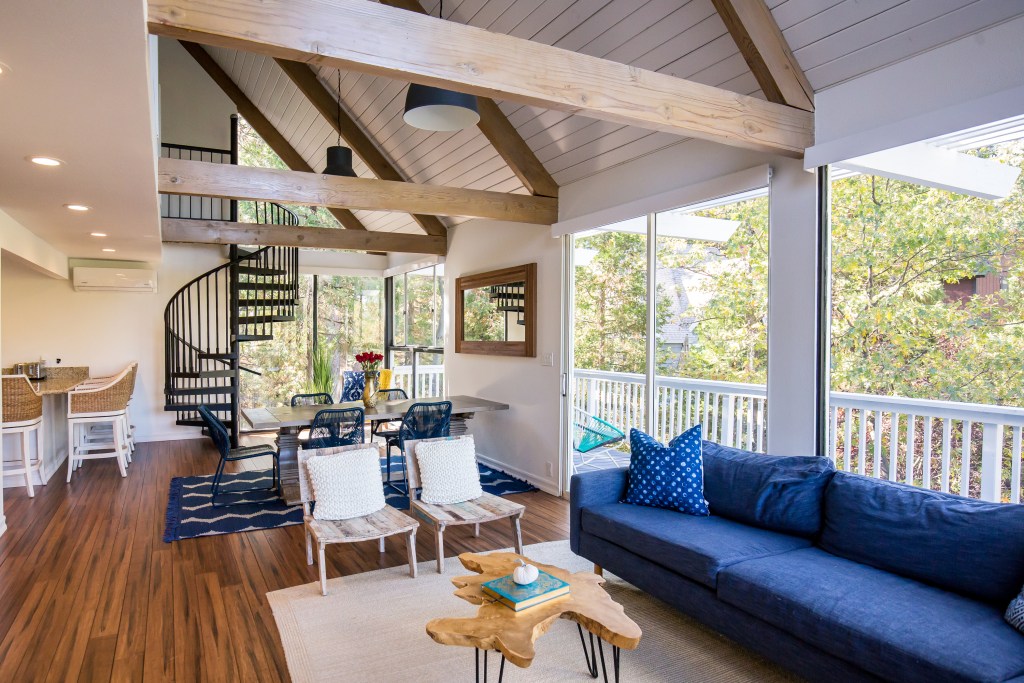
You don’t have to think of your living room in terms of a single space. “Don’t be afraid to have two separate seating areas or a desk area,” stated Brodin. “This allows the room to be used for multiple purposes or to accommodate separate small gatherings for more intimate conversations.”
Functionality is key

A well-arranged living room has to be functional. For example, if you have a TV, make sure the larger sofa is facing the TV as opposed to the side chairs, suggested Brodin. “This allows for the best viewing for the most members of your family or guests,” he said.
Invest in multifunctional furniture
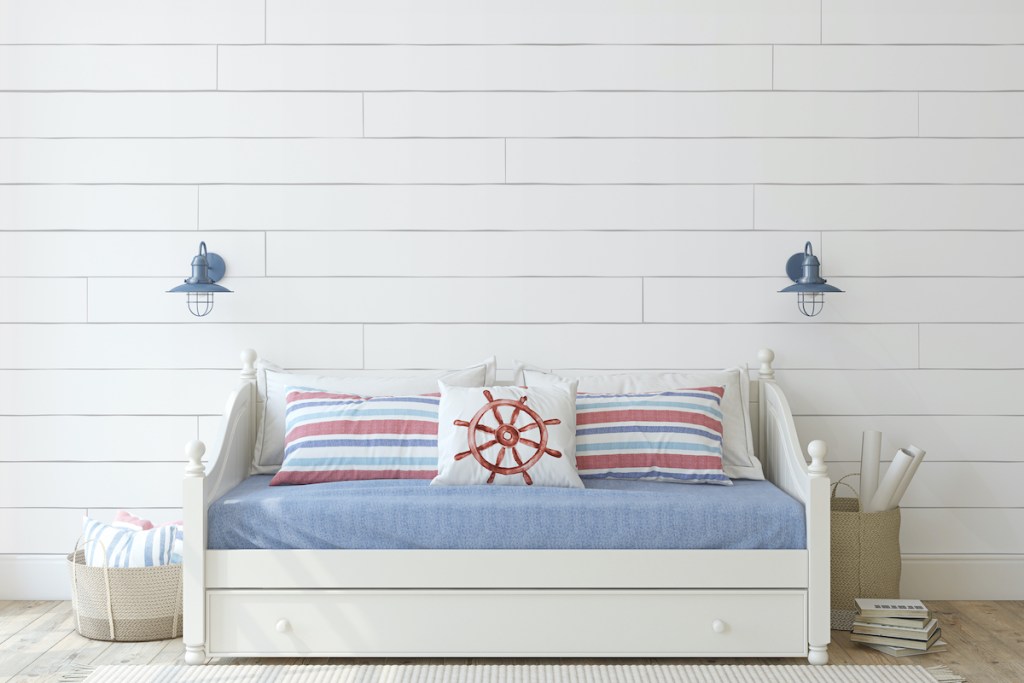
While living room furniture arrangements help fuse style with functionality, it’s also a good idea to invest in multifunctional pieces. Brar suggested acquiring furniture that serves multiple purposes — like a sleeper sofa, coffee table with shelves, or an ottoman with storage. For example, this Joss and Main Cordell sectional offers a sofa, sleeping solution, and storage all in one.
Incorporate artwork

Will artwork be prominently displayed, or is it an afterthought? For serious art collectors, designing around their pieces is crucial per DeRosa and Manhan. “Make sure it’s visible from the main seating area so you and your guests can enjoy it,” they suggested.
Make sure the room provides circulation

Make sure that your space isn’t furniture heavy. “Leave enough space to navigate effortlessly around the room,” instructed DeRosa and Manhan. “If you pack too many pieces into a space it will feel claustrophobic and you’ll find yourself less inclined to spend time in it.”
Coffee table vs. ottoman

When it comes to your sofa or sectional accompaniment, there are two options: A coffee table or an ottoman. “Opting for a casual ottoman over a coffee table creates a casual environment and can also provide storage or extra seating,” DeRosa and Manhan pointed out. If you do decide to go the coffee table route — which can provide a great space to create design impact with various coffee table books, decor, and candles — make sure it’s large enough to suit your needs.
Don’t forget about lighting
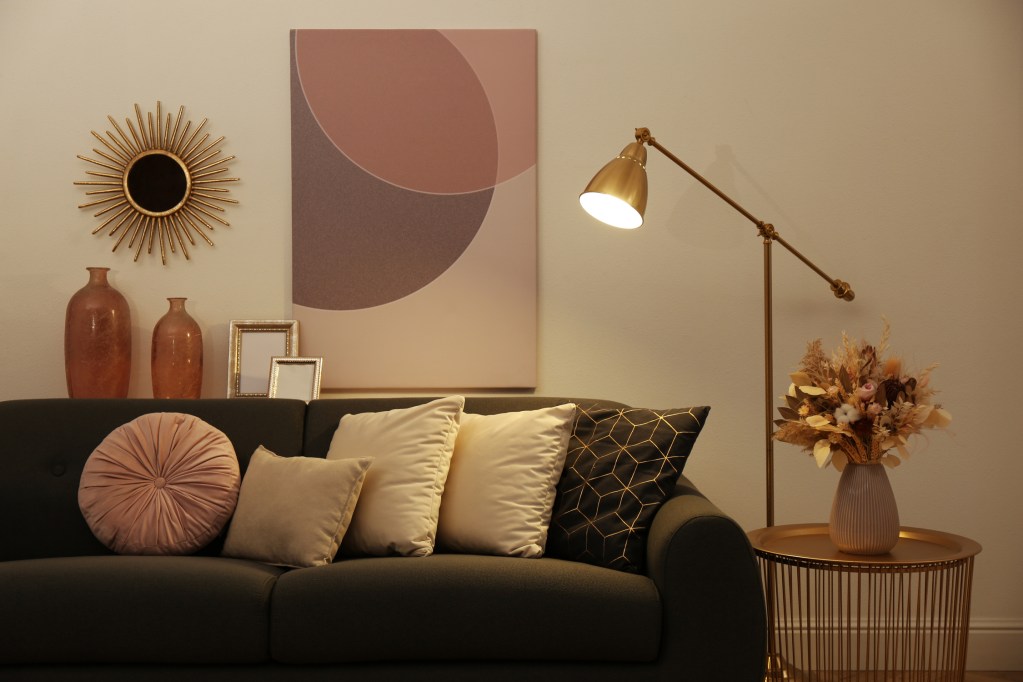
The right lighting will transform your space and set the tone for any gathering. While it may seem insignificant, lighting is a crucial element in any interior design.
As you design your living room layout, consider how you plan to light the space at all times of the day. Alternatively, if you find yourself using the living room primarily in the evenings, you may want to focus on reading lamps and gorgeous overhead lighting instead of fancy window coverings.
As a general rule of thumb:
- Don’t block any windows with big furniture
- Don’t position furniture so that your back faces a window when sitting
- Have more than just your overhead lighting for night-time options (ex: reading lamps, sconces, table lamps, etc.)
Keep in mind that everything is flexible

Brar reminds that nothing needs to be set in stone when it comes to your living room design. “Consider changing things up if you get bored or aren’t maximizing your space,” she suggested. Also, consider seating and furniture options that are easy to mix-and-match as your needs or preferences change. She suggests finding some fun ottomans — like these from Grandin Road — that can be easily moved around.
Ask for help

Designing a living space can be tough. If you can’t seem to make it work on your own, ask for help. Even if you can’t afford to hire an interior designer, there are apps like Havenly and Modsy that can do the tough work for you. Everything from your design aesthetic to the specific measurements of your room must be taken into consideration to design a cohesive, functional, and stunning space.
With these rules for arranging furniture, the layout for your living room will look amazing.
